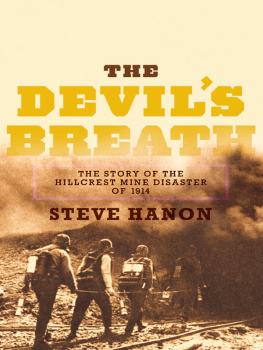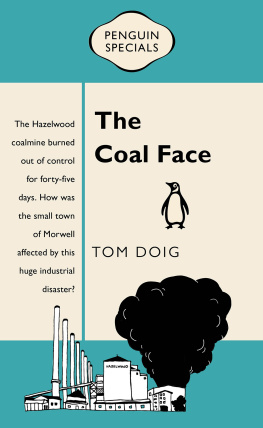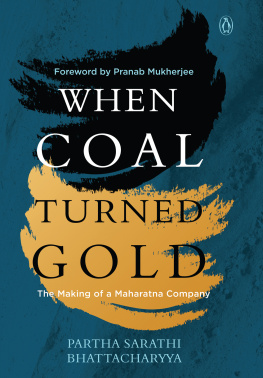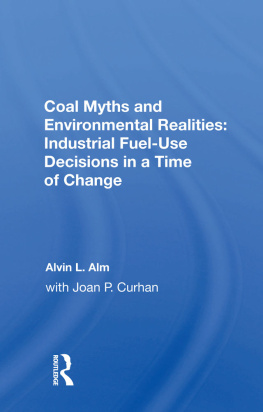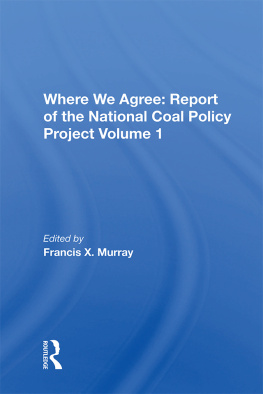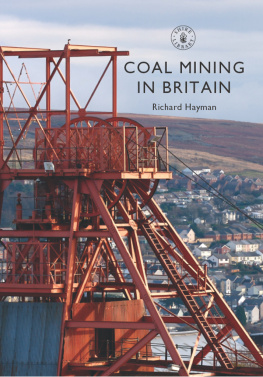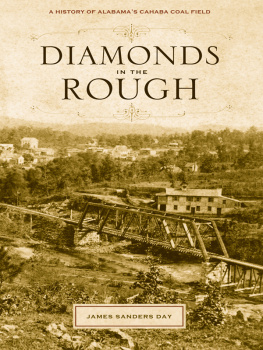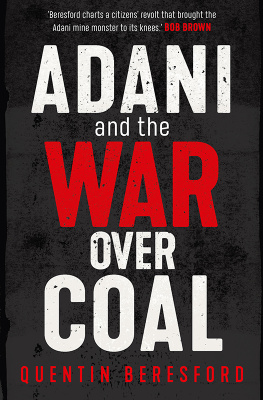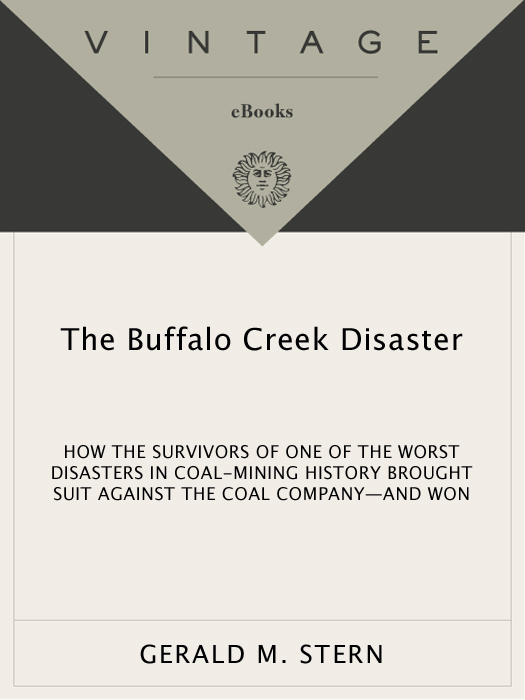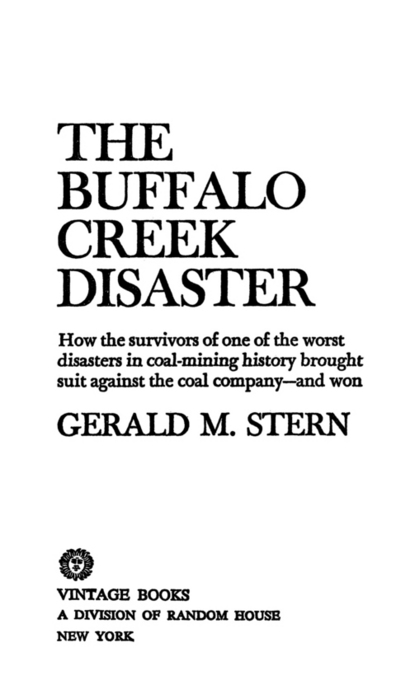FIRST VINTAGE BOOKS EDITION, March 1977
Copyright 1976 by Gerald M. Stern
All rights reserved under International and Pan-American Copyright Conventions. Published in the United States by Random House, Inc., New York, and simultaneously in Canada by Random House of Canada Limited, Toronto. Originally published by Random House, Inc., in March 1976.
Grateful acknowledgment is made to Cherry Lane Music Co. for permission to reprint lyrics from Take Me Home, Country Roads, by Bill Danoff, Taffy Nivert and John Denver (). Copyright 1971 by Cherry Lane Music Co. Used by permission. All Rights Reserved.
Library of Congress Cataloging in Publication Data
Stern, Gerald M. 1937
The Buffalo Creek disaster.
1. Prince, Dennis. 2. Pittston Company.
3. Buffalo Creek, W. Va.Flood, 1972. I. Title.
[KF228.P75S7 1977] 345.73026 76-62484
eISBN: 978-0-307-78384-4
v3.1_r1
For my wife, Linda, my sons, Eric and Jesse,
my father, Lloyd, and the people of
the Buffalo Creek Valley
Contents
Prologue
One of the worst man-made disasters in this countrys history began early one morning in February 1972. A coal companys massive coal-waste refuse pile, which dammed a stream in Middle Fork Hollow in the mountains of West Virginia, collapsed without warning to the people in the long, narrow Buffalo Creek Valley below. This failure unleashed over 130 million gallons of water and waste materialsstream water from recent rains as well as black coal-waste water and sludge from a coal-washing operation. This 20-to-30-foot tidal wave of rampaging water and sludge, sometimes traveling at speeds up to 30 miles per hour, devastated Buffalo Creeks sixteen small communities.
Over 125 people perished immediately. Most were women and children unable to struggle out from under the thick black water choked with crushed and splintered homes, cars, telephone poles, railroad tracks, and all manner of other debris. There were over 4,000 survivors, but their 1,000 homes were destroyed as well as most of their possessions.
There have been many coal-mining disasters. But the Buffalo Creek disaster is unique. This time it was not the strong, working male coal miners who died in the mines. That has become so commonplace in coal mining as to be expected. No, this time it was the miners defenseless wives and children, caught, unprepared for death, in their beds one Saturday morning.
Maybe this is the reason some of the survivors responded differently this time. Instead of accepting the small settlements offered by the coal companys insurance adjustors, a few hundred of the 4,000 survivors banded together to sue the coal company, to make the company admit its responsibility for this massive destruction, to make the company pay them for all their losses, mental suffering as well as property damage, and to make sure something like this would never happen again, to them or to anyone else living at the mercy of the coal companies.
This is the story of their lawsuit, of their use of the legal system to uncover evidence of corporate irresponsibility. And, most significantly, this is the story of our legal systems ability to respond, to create new precedent, to fashion a remedy which may permit any one of us to recover for the mental suffering which normally follows when we survive anothers reckless act, physically unharmed but mentally scarred.
This is also my story, the story of what this lawsuit meant to me as the survivors lawyer.
PART ONE
I
The Call for Help
The Buffalo Creek disaster was news throughout the country back in February 1972. A massive dam used by a coal company to filter the black waste water from its coal-cleaning plant had collapsed, and a seventeen-mile valley of small coal-mining towns lay in ruins. Over 125 people died, and thousands more were left without homes or possessions. The nightly news on TV showed pictures of fast-moving water, fleeting glimpses of dead bodies covered with black water, people sobbing their stories to interviewers while the camera bore in even closer on their pained, contorted faces. Another disaster had occurred, this time a big one, one of the worst in West Virginias long history of coal-mining disasters. And a disaster is always news.
As the news reports came in during those first weeks after the Buffalo Creek disaster, however, I went on doing what I was doing, which was nothing. It was strange that I paid so little attention to Buffalo Creek because I was wishing there was something I could do, something with purpose. I had once found it. In the early 1960s, right out of law school, Id traveled around Mississippi, Alabama, and Louisiana trying voting discrimination cases for the government. I had a purpose thenhelping blacks in the South who were slowly beginning to ask for their rights.
My going South at that particular time constituted a change in my plans, since I had already accepted a job with a Wall Street law firm and was supposed to start soon after graduation. I had figured Id learn some corporate law, and then after a few years Id take my legal experience home to Memphis. But the election of President Kennedy and the Freedom Rides changed all that. When I saw the Freedom Riders Greyhound bus at Anniston, Alabama, burning grotesquely on the Huntley-Brinkley nightly news, I called Wall Street and told them I had changed my mind. Instead, I joined the Civil Rights Division of the Department of Justice in Washington.
I had to go and help. And no one seemed better qualified than I. I was white and a Southerner. And, as a lawyer, Id have a role, an identity, in a structured system which would permit me, indeed encourage me, to rise to my feet and plead someone elses case. Im usually too shy to ask for something for myself. But in my lawyers suit, Im always able to speak up for others.
Two years with the Civil Rights Division exhausted me, and when President Kennedy was killed, I couldnt go on. By then, though, the civil rights struggle was well under way. Our small group of government lawyers had mushroomed, college kids from all over the country streamed South to help, and the 1965 Voting Rights Act guaranteed the vote to black Southerners without requiring that the government prove, county by county in endless court trials, that there was discrimination.
After I left the Justice Department, I joined Arnold & Porter, a Washington, D.C., law firm. For the next nine years I played lawyer for a different breed of clients, primarily corporations fighting the government. The little purpose this job held was harder to see. Sometimes I could convince myself I was standing by the little guy. Maybe it was good to spend three years of my life helping a small railroad fight off extinction at the hands of the wealthiest railroad-banking complex in the country. But more often than not, I had to blind myself to the end in sight and find my purpose in doing the day-to-day lawyering job well.
At that time our law firm decided to permit one partner each year to spend all his time on pro bono publico casespublic interest cases. The third year of the program it was my turn. Halfway through that year, I found myself restless, staring out the window. I hadnt found any case to fill my days and nights, to make me feel bigger than myself. I even went to see a psychiatrist. I told him I was bored. I said I lacked purpose. He said, That will be forty dollars, please. I didnt go back. I didnt much believe in psychiatrists then.


